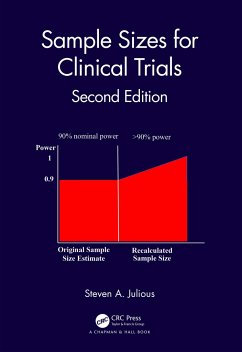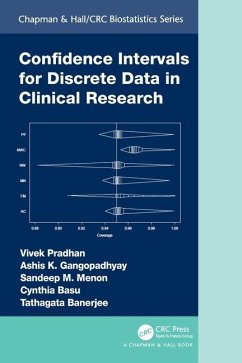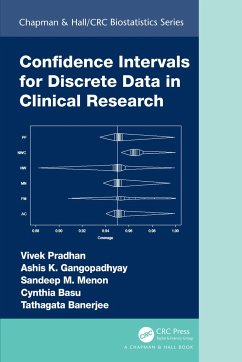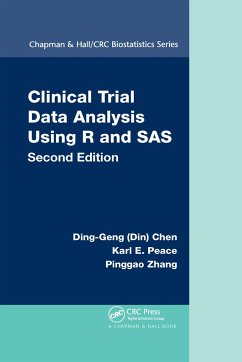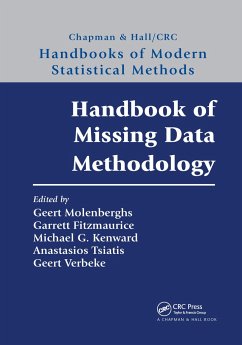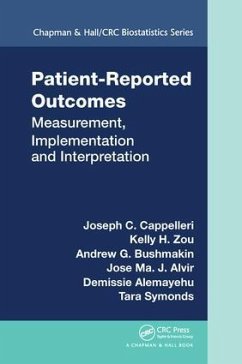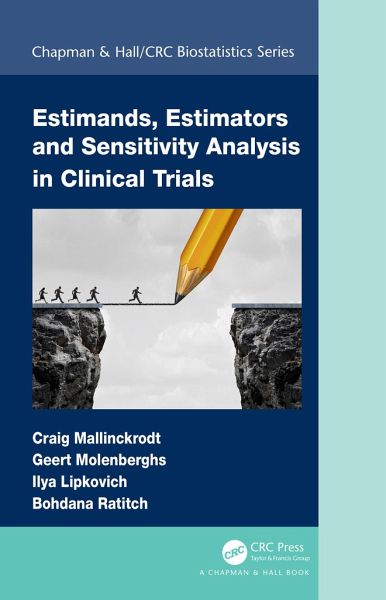
Estimands, Estimators and Sensitivity Analysis in Clinical Trials
Versandkostenfrei!
Versandfertig in 6-10 Tagen
123,99 €
inkl. MwSt.
Weitere Ausgaben:

PAYBACK Punkte
62 °P sammeln!
The concepts of estimands, analyses (estimators), and sensitivity are interrelated. Therefore, great need exists for an integrated approach to these topics. This book acts as a practical guide to developing and implementing statistical analysis plans by explaining fundamental concepts using accessible language, providing technical details, real-world examples, and SAS and R code to implement analyses. The updated ICH guideline raises new analytic and cross-functional challenges for statisticians. Gaps between different communities have come to surface, such as between causal inference and clin...
The concepts of estimands, analyses (estimators), and sensitivity are interrelated. Therefore, great need exists for an integrated approach to these topics. This book acts as a practical guide to developing and implementing statistical analysis plans by explaining fundamental concepts using accessible language, providing technical details, real-world examples, and SAS and R code to implement analyses. The updated ICH guideline raises new analytic and cross-functional challenges for statisticians. Gaps between different communities have come to surface, such as between causal inference and clinical trialists, as well as among clinicians, statisticians, and regulators when it comes to communicating decision-making objectives, assumptions, and interpretations of evidence.
This book lays out a path toward bridging some of these gaps. It offers
A common language and unifying framework along with the technical details and practical guidance to help statisticians meetthe challenges
A thorough treatment of intercurrent events (ICEs), i.e., postrandomization events that confound interpretation of outcomes and five strategies for ICEs in ICH E9 (R1)
Details on how estimands, integrated into a principled study development process, lay a foundation for coherent specification of trial design, conduct, and analysis needed to overcome the issues caused by ICEs:
A perspective on the role of the intention-to-treat principle
Examples and case studies from various areas
Example code in SAS and R
A connection with causal inference
Implications and methods for analysis of longitudinal trials with missing data
Together, the authors have offered the readers their ample expertise in clinical trial design and analysis, from an industrial and academic perspective.
This book lays out a path toward bridging some of these gaps. It offers
A common language and unifying framework along with the technical details and practical guidance to help statisticians meetthe challenges
A thorough treatment of intercurrent events (ICEs), i.e., postrandomization events that confound interpretation of outcomes and five strategies for ICEs in ICH E9 (R1)
Details on how estimands, integrated into a principled study development process, lay a foundation for coherent specification of trial design, conduct, and analysis needed to overcome the issues caused by ICEs:
A perspective on the role of the intention-to-treat principle
Examples and case studies from various areas
Example code in SAS and R
A connection with causal inference
Implications and methods for analysis of longitudinal trials with missing data
Together, the authors have offered the readers their ample expertise in clinical trial design and analysis, from an industrial and academic perspective.





